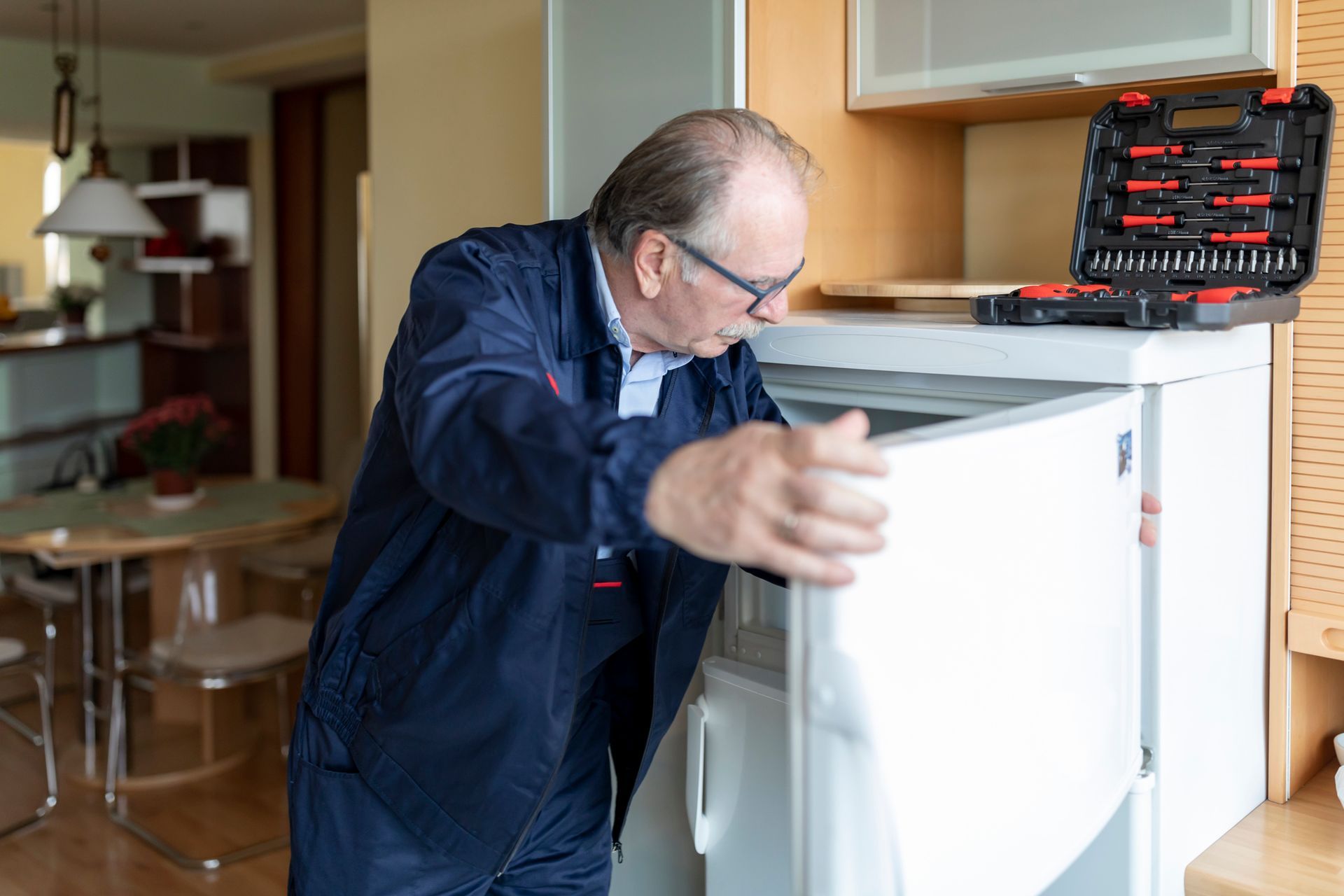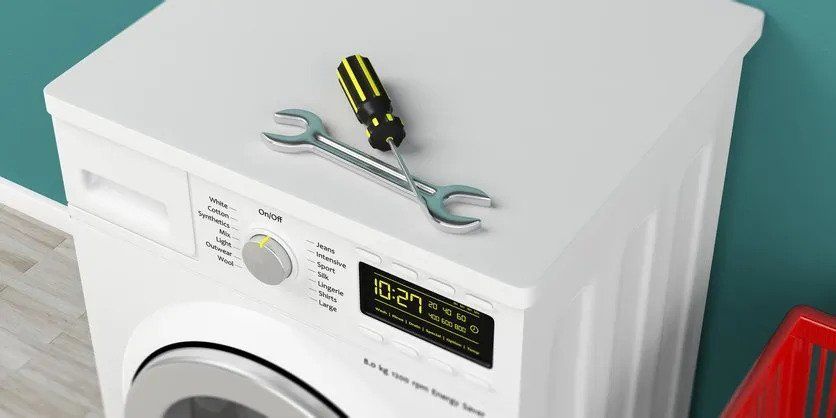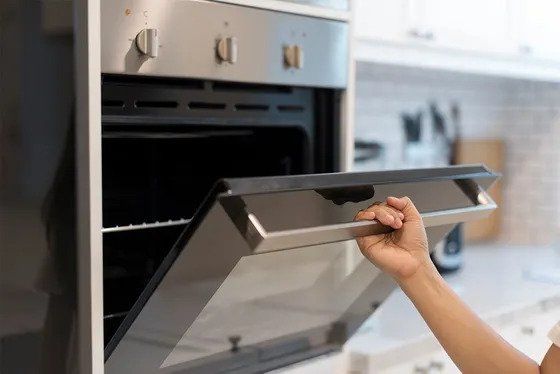Prevent Oven Problems by Maintaining Your Stove Components
Electric oven and stove combos cause aggravation and hazardous kitchen conditions when you've neglected these appliances. Maintain these oven components to avoid kitchen emergencies or entertaining-event stress.
Tidy the Knobs and Control Panel
The knobs on your kitchen stove are connected to electrical components inside the oven control panel. Routinely clean accumulated grease and food debris from the knob surfaces to avoid spreading germs. Bacteria and other harmful organisms grow on dirty surfaces of oven knobs that you've never cleaned.
Always remove the knobs from the stove before you clean the components. Turn all stove knobs to their off positions before taking the knobs off the control panel. Never spray oven cleaners or other products inside the control knob area when the knobs are off since the cleaners could damage sensitive parts inside the control panel.
Soak extra dirty stove knobs in warm soapy water, wipe away stubborn debris with a dishcloth, then rinse the knobs thoroughly in clean water. Let the knobs dry completely before installing them on the stove again.
Your stove knobs can also cause issues if the baking or broiling temperatures inside the oven don't match the temperature you set on the oven control knob. Your oven may undercook food and cause food poisoning when your oven doesn't reach the proper cooking levels.
Use a special oven thermometer to test the temperature at various areas inside the oven while the oven is on the bake setting. Your appliance repair person can help you calibrate a digital oven or replace baking or broiling element that's past its prime.
Take Care With the Self-Cleaning Feature
On the self-cleaning cycle, an oven can reach temperatures between 800 and 1,000 degrees Fahrenheit. The ultra-high temperature inside the oven dissolves baked-on grease and crust on the surface of the oven walls.
A clean oven is a safer oven since spilled foods near the baking element can cause fires inside the oven. Spilled foods also smoke at high temperatures and impart unpleasant tastes and smells to oven-cooked foods.
Use the self-cleaning feature to keep the oven clean, but don't use the self-cleaning feature when you have a lot of cooking to do in the near future. The heating elements inside ovens often show their ages during the seldom-used self-cleaning cycles. Older elements break down from the intense heat of the self-cleaning temperatures and you will need to replace these older parts if you've noticed an issue.
Remove your baking racks from the oven during the self-cleaning process. The walls, floor, and ceiling of the oven have a special coating to withstand the heat of the self-cleaning temperatures. Your oven racks may have a special, different type of coating that is destroyed by the high heat of the self-cleaning cycle.
Respect Electrical Features and Elements
Always turn off your stovetop and oven before you unplug the appliance. Check the stove's electrical cord throughout the year to ensure the cord isn't damaged or frayed. Rodents often chew through electrical cords, so be vigilant about checking all appliance cords if you have a mouse or rat problem in your neighborhood.
Never run your stovetop or oven when no one is home to monitor the appliance. Baked goods and slow-cooked meats can and will catch fire under the right conditions. For example, meat or batter drippings could fall on the baking element and cause flames to shoot up to the cooking food.
Keep an eye on the bake and broil elements to make sure the elements are free of debris and properly installed inside the oven. If you notice areas of an element that get redder in one spot, your oven element probably has a short and needs to be replaced soon.
When your oven lights flicker or the oven doesn't heat properly, the oven may have electrical issues that require the services of a professional. Call in an expert if you suspect your stove or oven has a wiring issue, control-panel burn-out, or a failing oven element.
Get your oven in tip-top shape for all of your dinners and parties by contacting Appliance Repair Solutions today.









